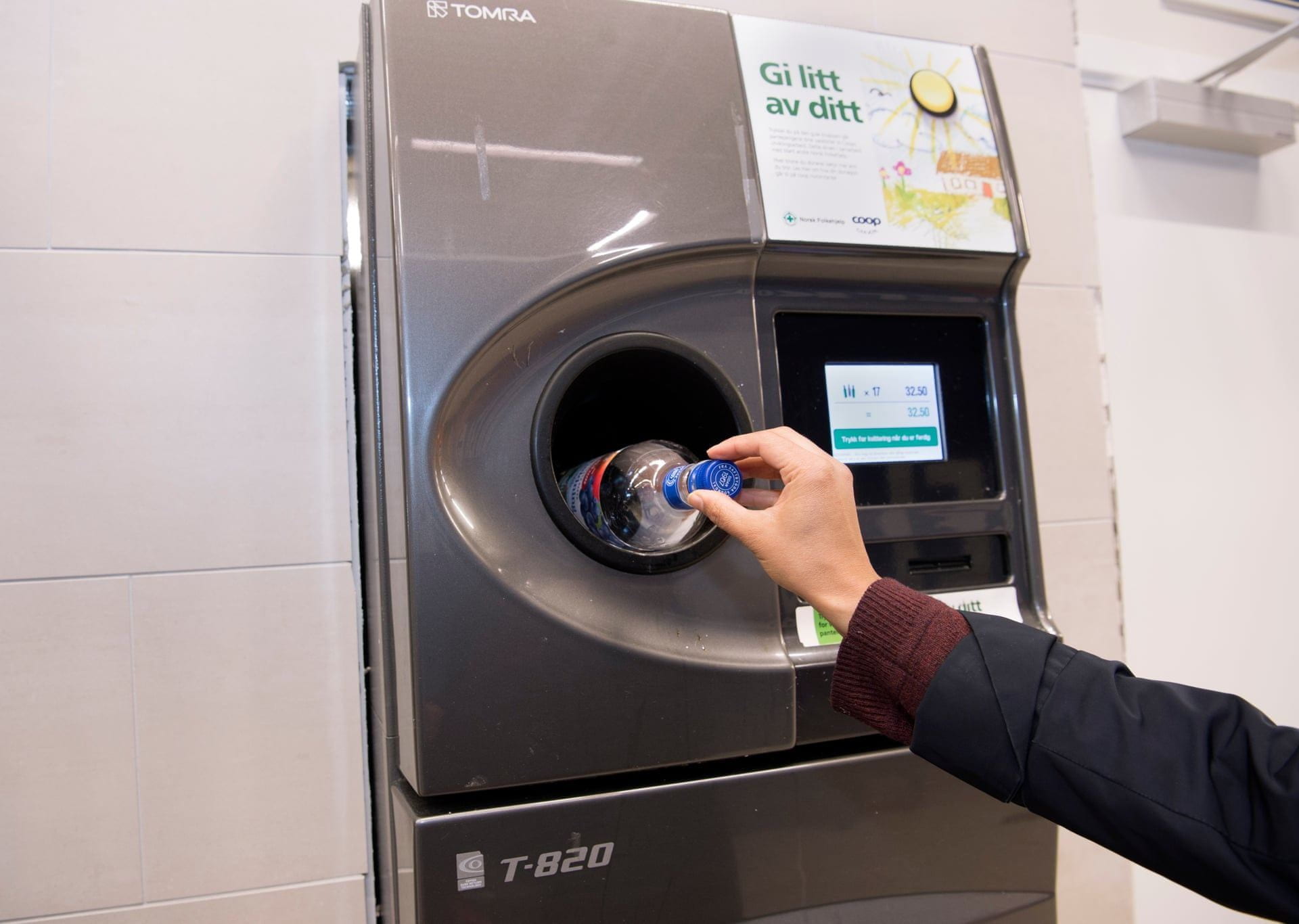Container deposit schemes (CDS) exist in various places around the world in different forms. The highest reported rate of container recycling through such a scheme is 97%.[1] Alongside its exceptionally high return rate, Norway’s CDS boasts a very high standard of materials, with 92% of bottles able to be recycled into another drink bottle.
What are the features of this scheme that make it so effective?
- A tax system that rewards high rates of collection: The government places an environmental tax on all producers of plastic bottles. The higher the rates of the recycling, the more that tax is reduced. If producers collectively recycle more than 95%, they do not have to pay the tax. This has been achieved every year since 2011, highlighting that such a system works.
- A level playing field that drives collaboration: As the tax implications are shared among all products, collectively producers want high rates and high quality of recycling. Producers of bottles are better to unite and be part of one highly effective system than have fragmented approaches. More than 99% of producers of plastic bottles are part of the main scheme in Norway. They have also standardised materials to enable high rates of recycling, with producers having to use approved labels, bottle tops and glue.

A machine to collect used containers in Norway. Photo source: Elin Høyland/The Guardian.
- An obligation to collect: Every store that sells bottles is obliged to also collect them for the scheme. The flexible format of collection means that larger and smaller stores can take different approaches. Bigger stores tend to use reverse vending machines that scan, crush and pack the bottles ready for collection. Smaller stores tend to collect bottles manually over the counter. The stores benefit from a small fee per return, as well as increased footfall.
- An easy to use and accessible system for customers: People pay a small deposit for a bottle, depending on its size, and can return it to a machine or over the counter where they bought it for a coupon or cash. There are many thousands of sites people where can return their bottles.
Any CDS for Aotearoa New Zealand should consider Norway’s CDS as a model scheme and aim to match this international best practice recovery rate.
